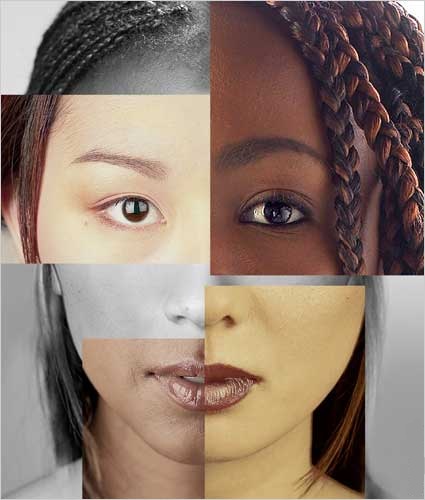“When I discovered that I’m black”: How racism is so cruel, that it makes it difficult for black people to recognize themselves as suchPosted in Articles, Autobiography, Brazil, Caribbean/Latin America, Media Archive on 2016-03-08 00:52Z by Steven |
Black Women of Brazil: The site dedicated to Brazilian women of African descent
2016-03-04
Jônatas Cordeiro da Silva
Originally “When I discovered that I’m black: “I’ll tell my story, because I also have one.”” from Hey Fala, January 11, 2016.
Today I feel the necessity of telling you how I discovered myself (and I’m still discovering) as black, which I will cover in a brief discussion of miscegenation.
When I see some cases, such as for example, (futebol star) Neymar who says that he’s not preto (black) or Caio (You Tuber Jout Jout’s boyfriend) who declares himself pardo (brown). I remember how difficult it was for me to recognize myself as black. I always knew that I wasn’t white, not only by the color of my skin, hair, and features, but also because of the places that neither I nor my ancestors occupied, however there is a big difference between not being branco (white) and being black.
It’s important to point out that in some way miscegenation in Brazil was historically simple, also one of the factors for miscegenation was the rape of black women enslaved by their colonizers, indigenous women were also violated. Black people were blamed for the backwardness of the Brazilian nation, there was a eugenicist plan, which envisaged that through the “mistura de raças” (melting pot or mixture of the races) the extinction of black people by 2012, so then Brazil would be a developed nation…
Read the entire article here.

